1. Feeding damage
Feeding damage is due to the damage generated when feeding to the intermediate frequency furnace, mainly because some large raw materials did not pay attention to when adding, so that large raw materials from high to add, causing damage to the furnace lining. When feeding, pay attention to the height of the raw material falling, can avoid this damage, at the same time, when adding pieces of block material, need to pay attention to prevent the furnace lining to scratch.
2. Thermal shock damage
Thermal shock damage is caused by thermal stress caused by improper use of furnace lining. If you do not continue to use the molten metal after it comes out of the oven, then the furnace temperature will drop. In the process of temperature drop, the lining thermal expansion and contraction as well as the quartz type reverse change, under the influence of these two effects, the lining sintering layer cracks, glaze warping, peeling and other damage. At this time, if the damaged sintering layer is damaged after restarting the intermediate frequency furnace, the service life of the furnace lining is reduced. Therefore, intermittent operations need to be avoided as much as possible. If the output of enterprises is lower, can adopt the method of day opening night stop production, where each in the last furnace to left a third of the liquid metal, low power heat preservation at night, then two days to continue to feed production, so to run than boiler stop two days remelting save electricity, but also can greatly prolong the service life of furnace lining, the comprehensive economic benefit is higher
3. Chemical erosion
(1) Molten iron erosion. Furnace lining is mainly corroded by carbon in molten iron, which occurs in the smelting of gray cast iron and nodular iron, especially in the smelting of nodular iron.
(2) Waste residue erosion. CaO, SiO2 and MnO easily form slag with low melting point in scrap iron and steel. Therefore, we should pay attention to the cleanliness of raw materials when using. For the thin-walled waste with serious oxidation, it will produce more slag, so try to use less or not, and add less in each furnace.
(3) refractory slag. The high melting point slag is caused by the aluminum in the raw material, which reacts with the SiO2 in the furnace lining to form mullite (3A12O3-2sio2). The melting point is 1850℃, so the aluminum in the raw material should be removed to avoid the formation of high melting point slag.
(4) additives. The use of slag coagulants or flux in smelting operations will aggravate the erosion of the furnace lining and should be avoided as much as possible.
(5) Carbon deposition. Carbon is deposited on the cold side of the furnace lining and even into the insulation layer. When the carbon deposition will cause the furnace body grounding leakage, and even coil sparks.
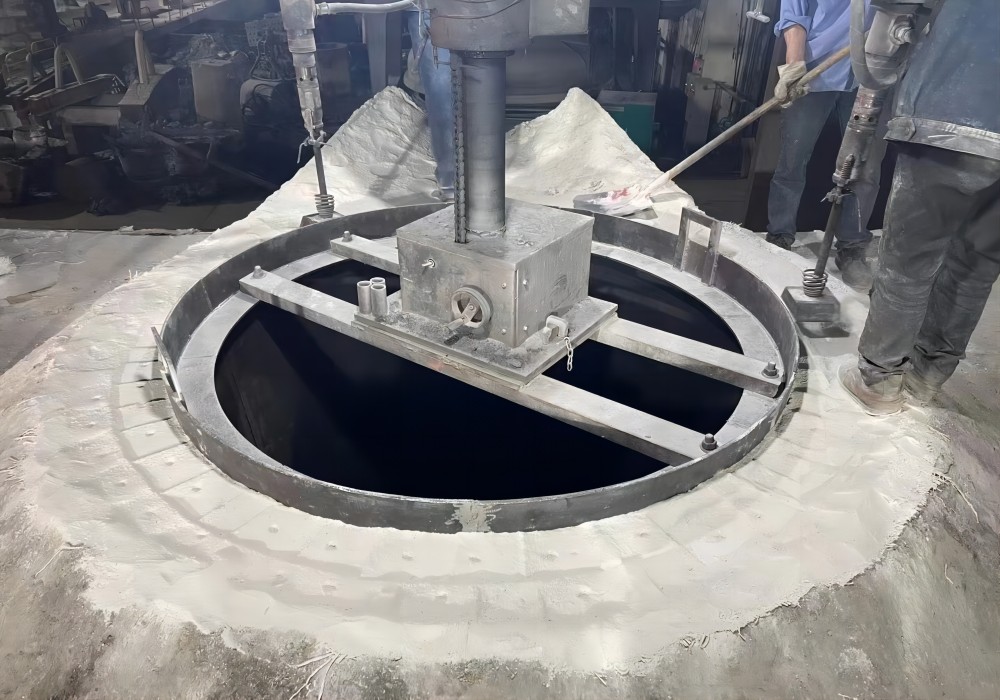
Leave a Message
Contact Us
Email: [email protected]
TEL: +86 13721425142
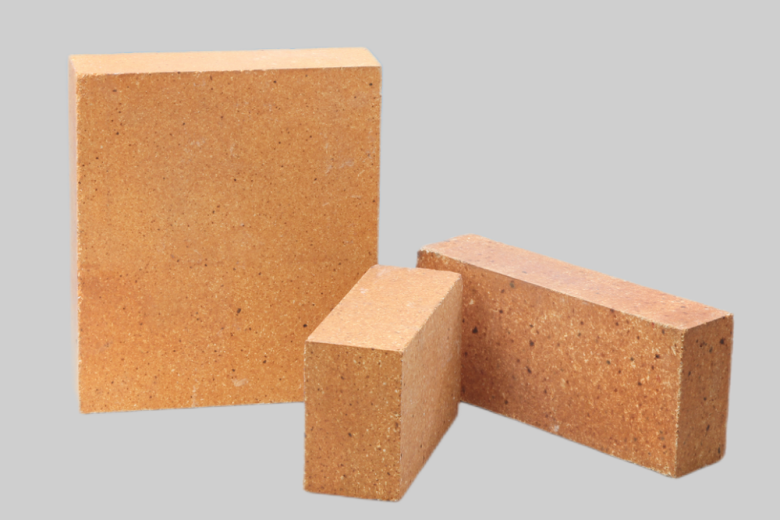
Clay brick is made by clay clinker and soft clay as a bond aluminum content of 30-48% stereotyped refractory. The particle composition of clay brick…
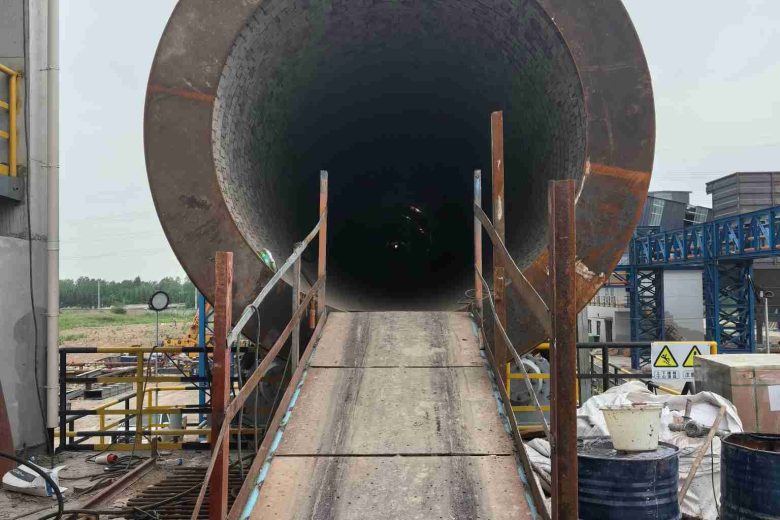
Under normal circumstances, the calcination belt uses bricks with a body density of more than 2.9, the transition belt uses 2.6 body density of ordinary…
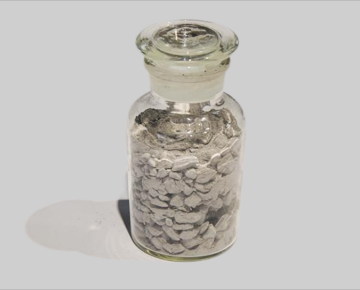
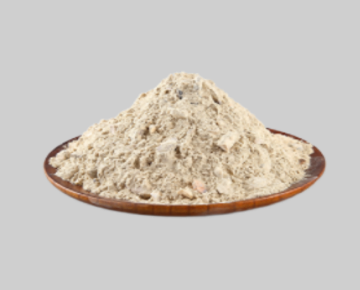
Submit Request
PDF Request